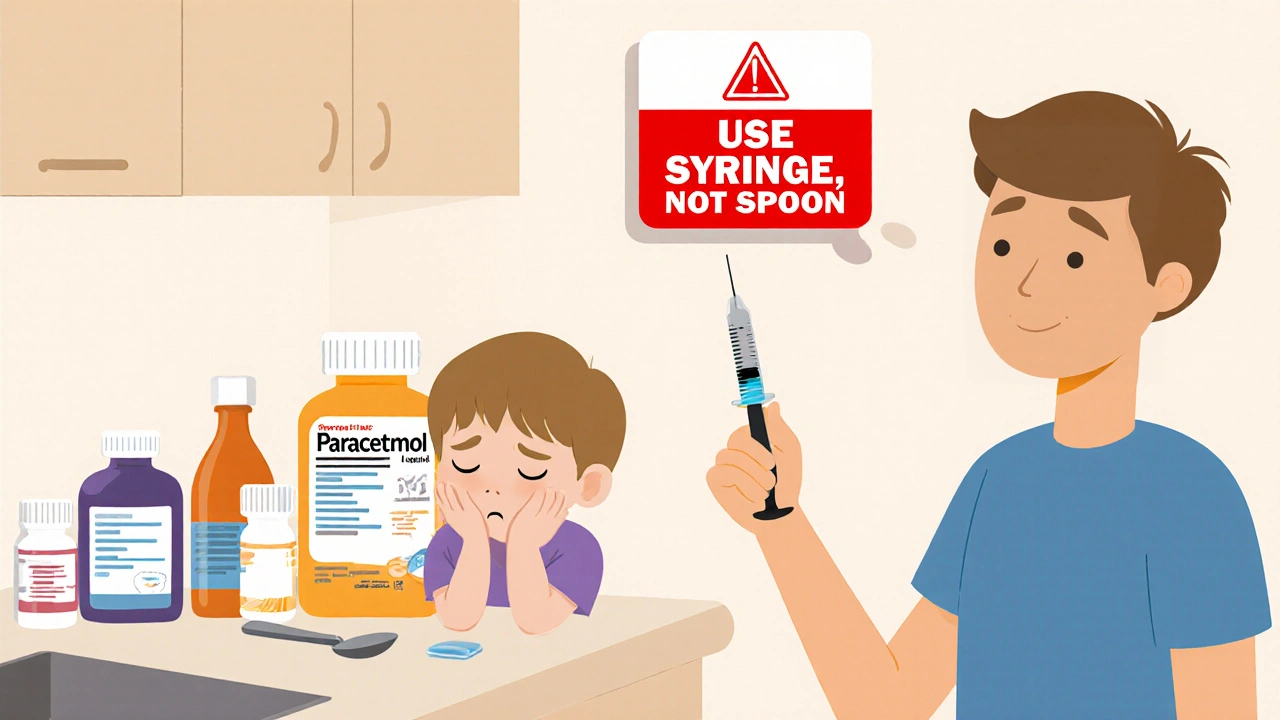Home Medication Safety: Avoid Dangerous Interactions and Store Drugs Right
When it comes to home medication safety, the practices you follow in your kitchen, bathroom, or bedside table to prevent accidents, overdoses, and harmful drug reactions. Also known as household drug safety, it’s not just about keeping pills out of kids’ reach—it’s about understanding how everyday habits can turn your medicine cabinet into a hidden risk. Many people don’t realize that taking a calcium-fortified orange juice with their thyroid pill, mixing allergy meds with a glass of wine, or storing antibiotics in a humid bathroom can seriously reduce effectiveness—or cause real harm.
Drug interactions, when two or more medications, supplements, or foods change how a drug works in your body, are one of the biggest overlooked dangers. A garlic supplement might thin your blood too much if you’re on warfarin. Antihistamines like Benadryl can turn sleepy into dangerous when mixed with alcohol. Even something as simple as taking levothyroxine with your morning smoothie can block absorption entirely. These aren’t rare edge cases—they happen daily because people assume if it’s over-the-counter or natural, it’s safe to mix.
Medication storage, how and where you keep your pills to maintain potency and prevent misuse matters just as much. Heat, moisture, and light break down drugs faster than you think. Keeping insulin in the glove compartment or antibiotics in the shower caddy isn’t just sloppy—it’s unsafe. And what about disposal? Throwing old pills in the trash or flushing them down the toilet harms the environment and risks accidental ingestion. Proper disposal isn’t optional—it’s part of home medication safety.
It’s not just about adults. Kids, seniors, and even pets are at risk. A child might find a brightly colored pill and think it’s candy. An elderly person might mix up similar-looking bottles. A pet might dig through the trash and eat leftover antibiotics. These aren’t hypotheticals—they’re emergency room visits waiting to happen.
Below, you’ll find clear, no-fluff guides on exactly what to watch for: which juices interfere with which drugs, why "non-drowsy" allergy meds still aren’t safe with alcohol, how to store scabies cream safely, and what to do when your prescription runs out but the pharmacy is out of stock. No jargon. No scare tactics. Just what you need to know to keep your family safe—every day, in your own home.
